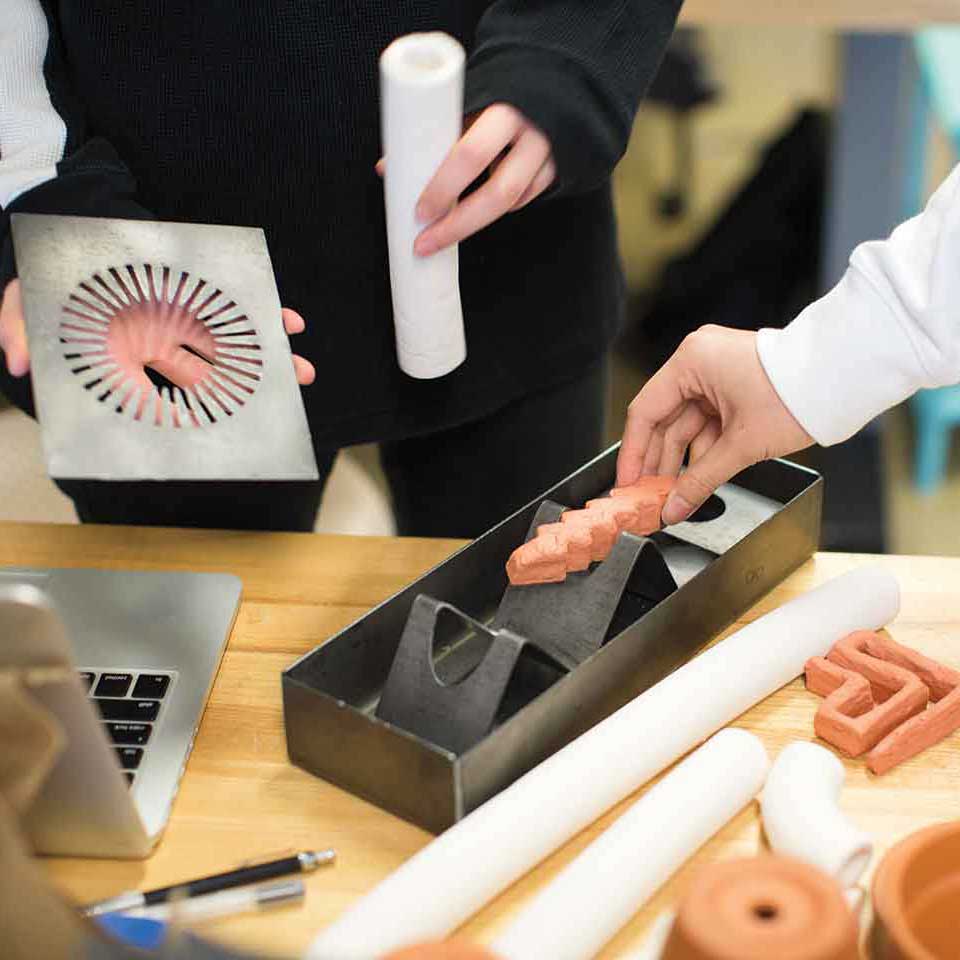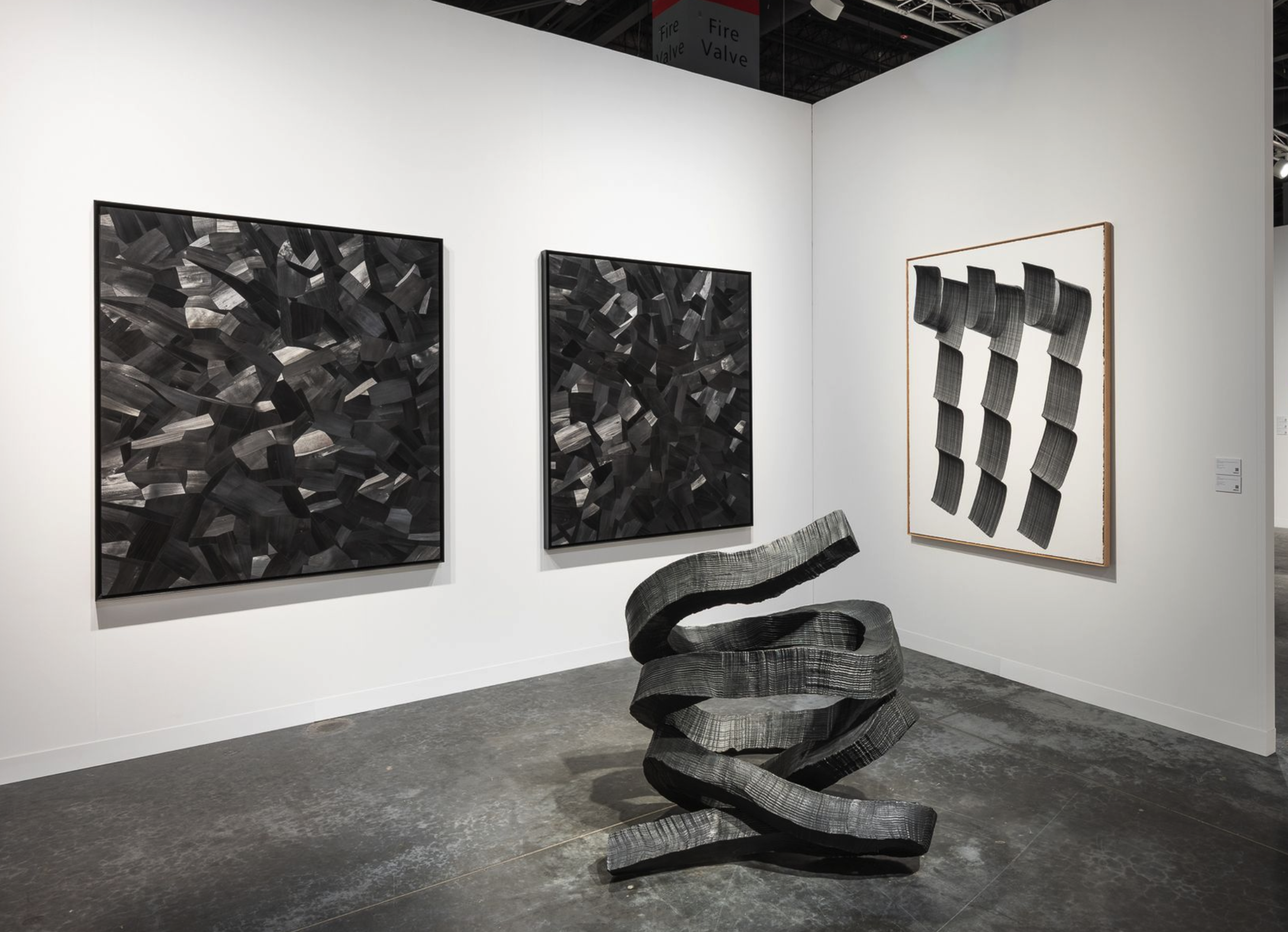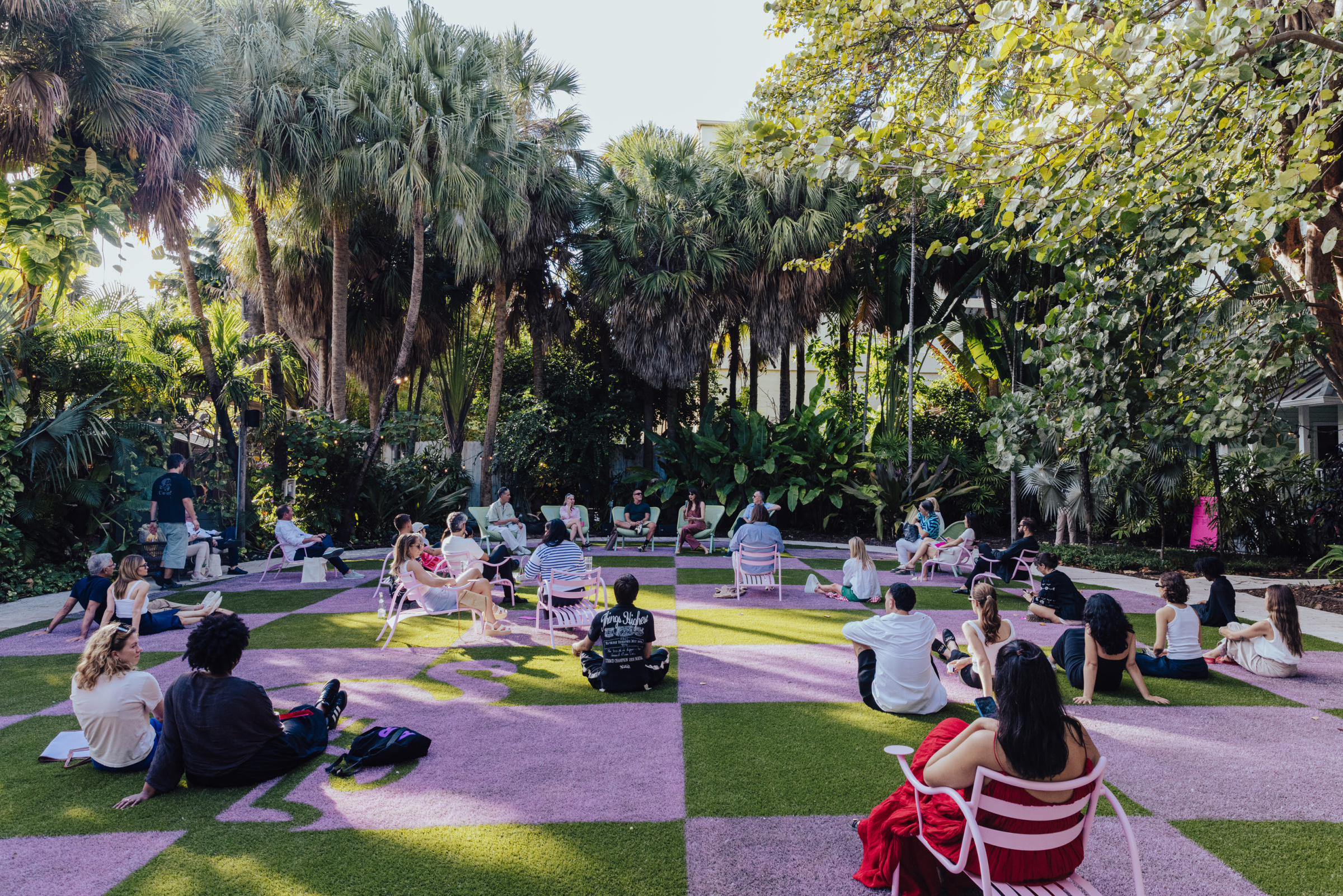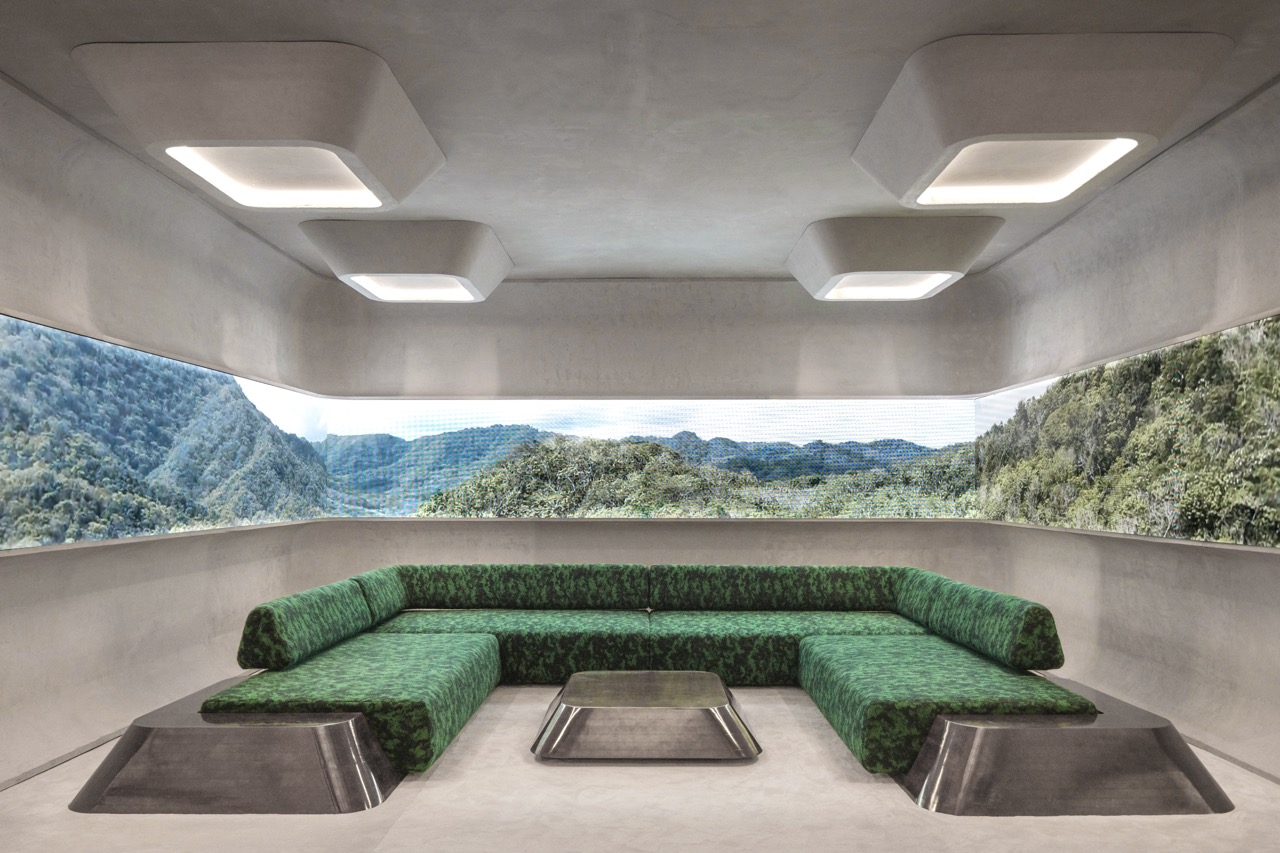Like the shark that must keep swimming forward or die, design fairs need to grow and progress in order to keep their place on the crowded international calendar. WantedDesign, then, is a big fish and one that keeps moving ahead. The two-pronged fair—which returns for its Manhattan edition from May 18 through 21 at the Terminal Stores, with its Brooklyn satellite running from May 16 through 20—is closing in on 10 years, and it remains an absolute must-do, especially for watchers and makers of forward-thinking furniture, lighting, and decorative objects.
With the fair fast approaching, we caught up with cofounders Odile Hainaut and Claire Pijoulat to discuss what attendees can expect—including eco-conscious design and emerging international talent—and what it takes to keep things fresh.
WantedDesign is nearly a decade old now. How have things changed in the design fair world over the last 10 years?
Odile Hainaut: When you’re on the edge of a decade, you really want to make sure your event is going to create an impact that will help future generations of designers craft a better future, with more thought put into their designs. This is the reason why we wanted to have a leading theme in 2019 with Conscious Design. We’ve tried as much as possible to encourage our exhibitors to come and bring ideas and projects that could contribute to building a more sustainable environment. Also, as show organizers we created a zero waste policy for the exhibit itself.
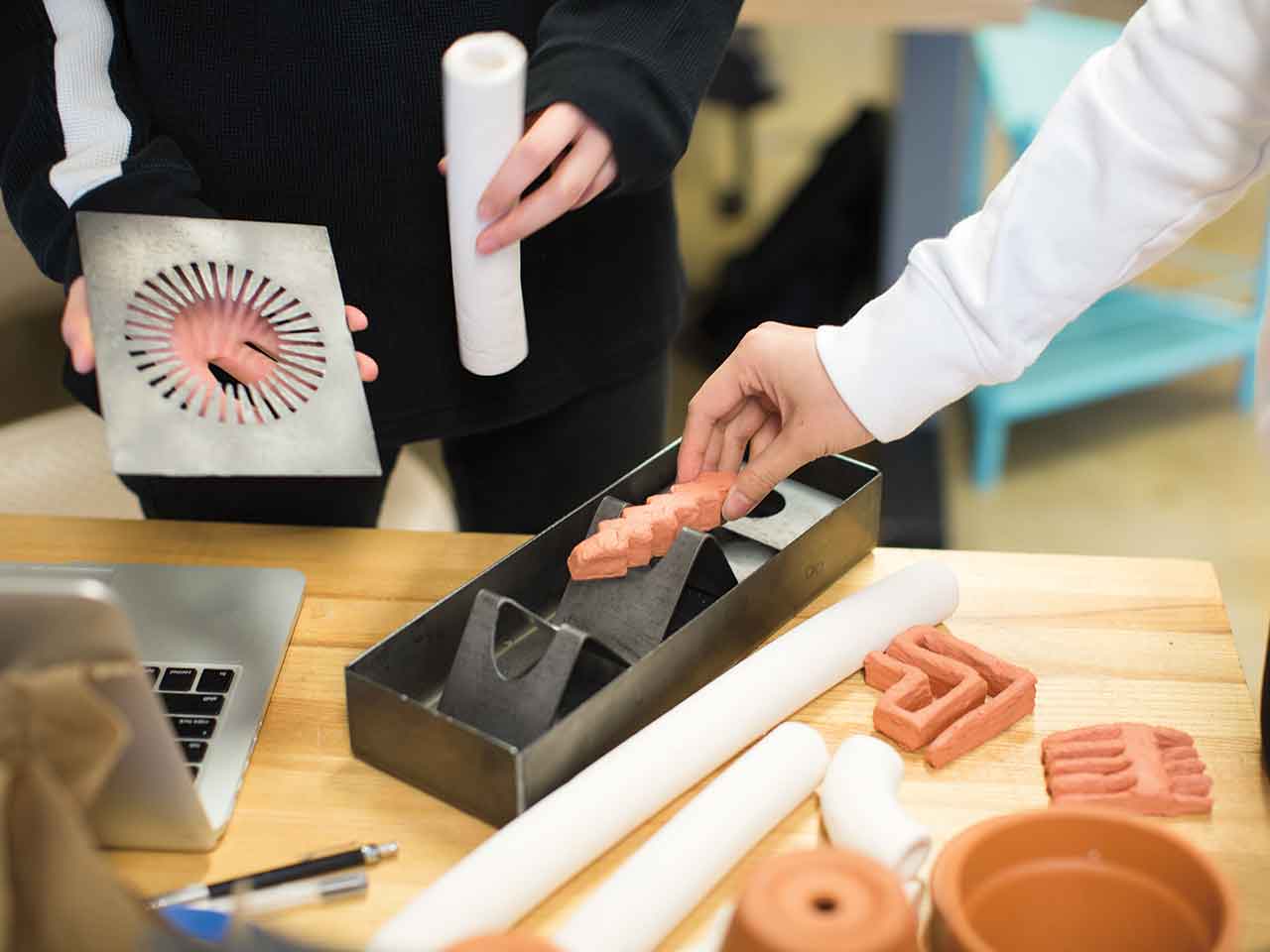
A project review of Whatnot Studio, the Designed Objects program at the School of the Art Institute of Chicago, which is slated to exhibit at WantedDesign Brooklyn. COURTESY OF WANTEDDESIGN.
It was already efficient last year, and we reduced our waste by 50%. We want to do better in 2019; this is one of our challenges. Also, in New York City, we are now the only independent design show left on the NYCxDESIGN official calendar. So we have to keep on growing and offering a platform that will meet designers’ and professionals’ needs in order to maintain a diverse approach of the design show for visitors. We’ve always put our [focus] in having a show in Manhattan that would fit for trade and sales and, in Brooklyn at Industry City, a show that would highlight the culture of design with different exhibitions that would be more prospective somehow. This diversity is probably key to our identity today.
You mentioned Conscious Design. Do you think the design community has done a good job of embracing things like healthy materials and reduced waste? Are there any designers you think are doing particularly exciting work in this regard?
Claire Pijoulat: The young generation of designers is certainly more concerned and conscious about the environment they will be leaving in a few years. Lots of research around new composite materials is being done, in particular within the design schools. Also, how to produce less, and to produce better, what do we really need to produce? In Brooklyn, we’ll showcase 30 design schools and lots of them will show very interesting works. They know they have to come up with something other than the next chair—for instance, the work that University of Oregon has done with some local prisons.
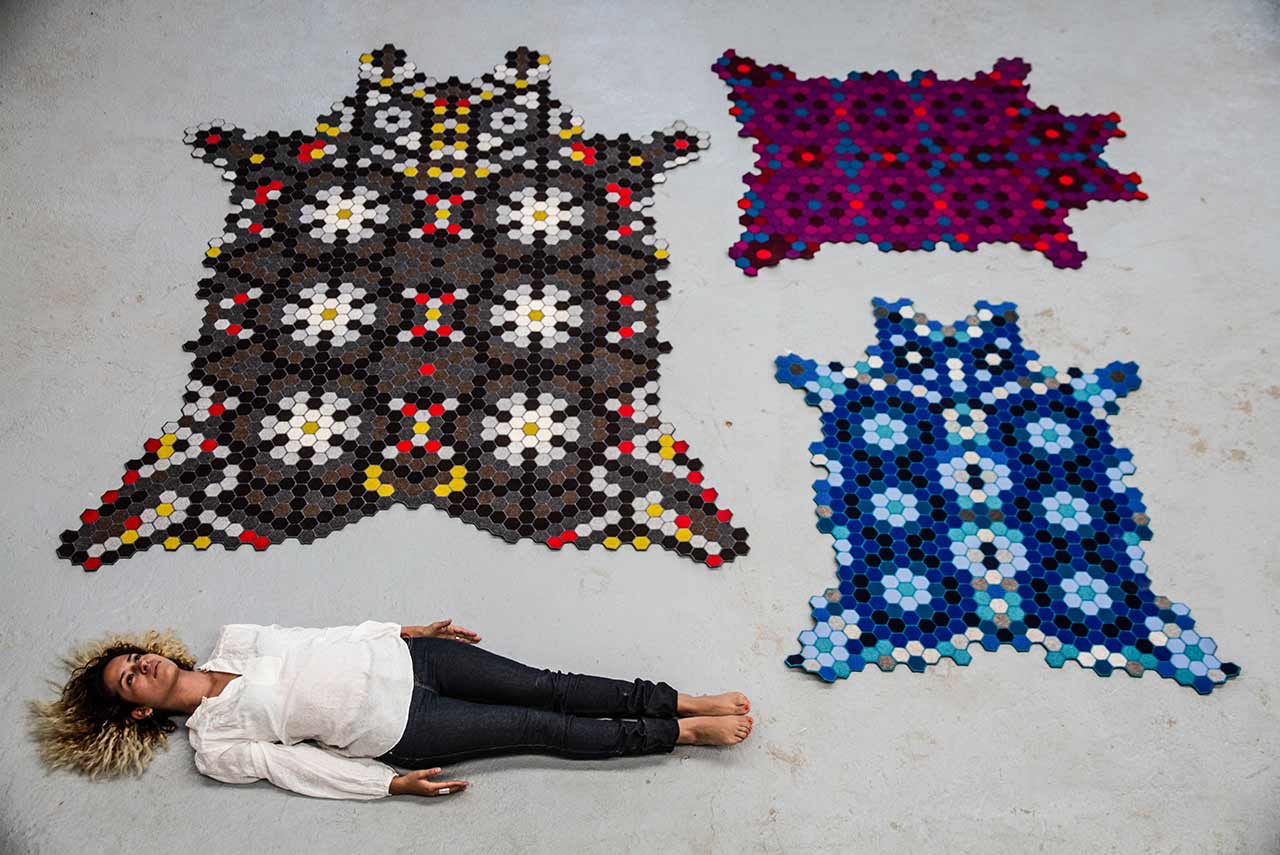
Launch Pad 2019 will feature furniture and home accessories by Mexican designer Elissa Medina, along with more than 30 other designers and studios. COURTESY OF WANTEDDESIGN.
Students from the University of Oregon’s Product Design program designed new branding and garments for Prison Blues, a line of workwear sewn by a job training program for incarcerated men in Pendleton, Oregon. There is an engagement and empathy.
Read more furniture, lighting, design fair coverage at Sixtysix.
Manufacturers are not always as ready as designers. Sustainable design is definitely a notion that most of the manufacturers are embracing, or for sure have to, but it’s not there yet. And to make it work, it has to be a general effort, at every level and every step of the design, production, and distribution chain.
Programs like Launch Pad are important when it comes to connecting manufacturers with designers. Do you have any favorite success stories where a connection led to a design getting made and distributed?
OH: Launch Pad is a success factory, per se. We are very proud of this program as we have collected throughout the years many stories that encourage more and more designers to be part of it. For instance, Elish Warlop was one of the Launch Pad winners a couple of years ago. She was spotted there by the Design Within Reach team and two years later she launched her DWR lighting collection at WantedDesign.

A handcrafted rug by Kilim, one 13 designers and studios that will represent contemporary Egyptian design. COURTESY OF WANTEDDESIGN.
A similar dynamic plays out in the Look Book program, connecting architects and interior designers with product designers. Even with digital, global communication being what it is, I imagine nothing can quite replace those kinds of networking opportunities?
CP: Of course Instagram has changed the game in the design world, but it will never replace human connection or the ability to touch an object to get how it is made, and to meet people you really want to work with. And this is what Look Book is about.
It acts as an in-person portfolio for the designer. We also produce a brochure that we largely distribute to our network during the show and after the show. In a way, we create a collection of the best designers and makers North America has to offer. It’s a great resource for interior designers and architects.
SEE ALSO: Arielle Assouline-Lichten’s New Daybed Does a Nifty Balancing Trick
Are there any current design trends or areas of focus that you think are particularly noteworthy right now?
OH: Upcycling has become the new thing. Designers are looking for ways to transform what you already own and give it another life. It helps reduce waste and it highlights objects that may have a personal meaning. And lighting and decorative lighting, as a typology of products, is very much being explored by the young American studios.
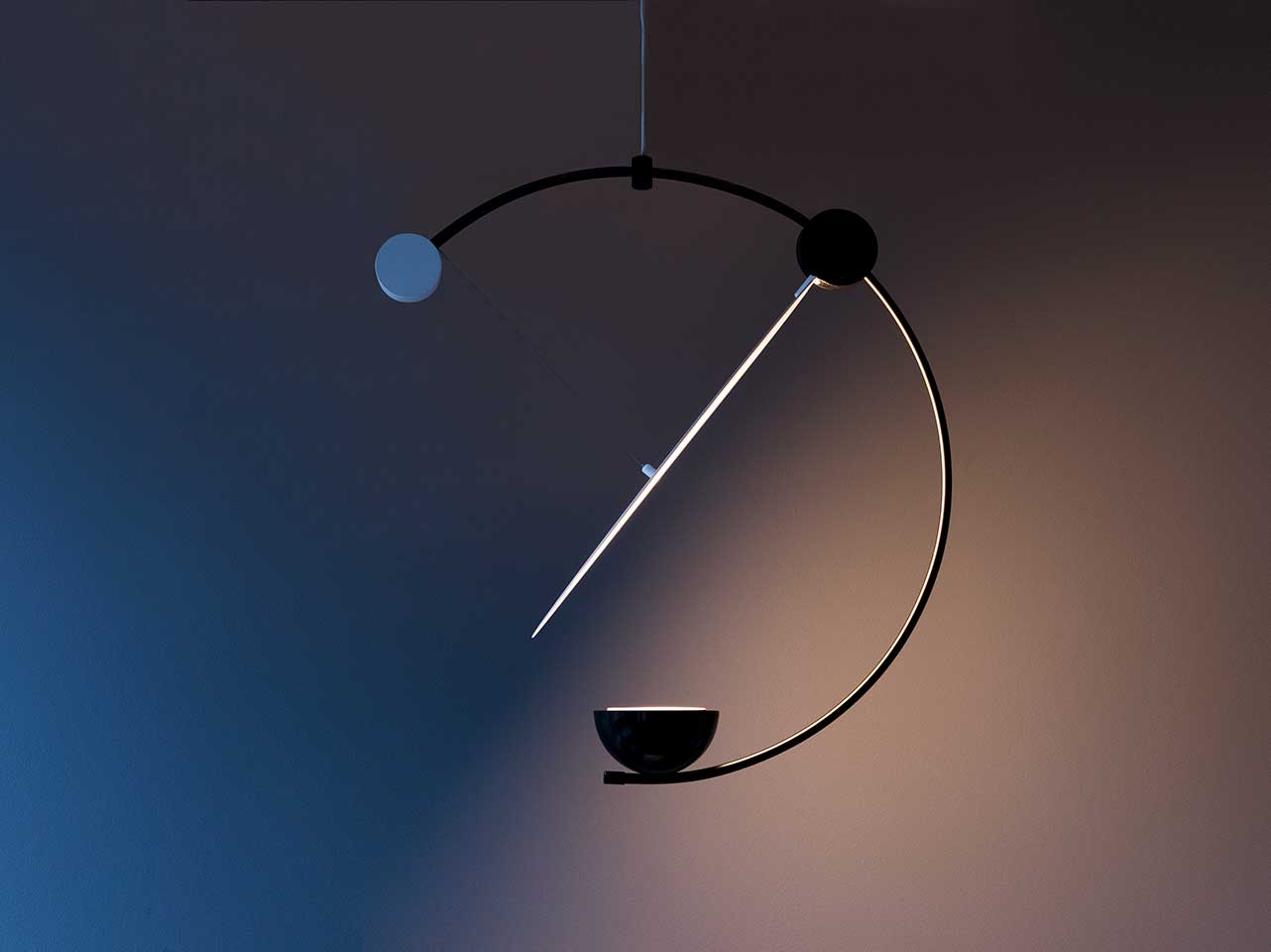
The Equant lighting system by Studio Cecilia Xinyu Zhang, who will exhibit as part of the Launch Pad 2019 showcase. COURTESY OF WANTEDDESIGN.
What about emerging design scenes? What region is producing great, slept-on talent right now and how do you go about spotlighting them?
CP: Every year we try to highlight designers from countries that have not shown their work in the U.S. yet. Last year it was Turkey and before that it was Tunisia. In 2019 we will be exhibiting for the first time a group from Egypt with no fewer than 13 designers. We are very proud that they selected WantedDesign, as it will be the first time a group from Egypt participates at a design fair in New York.
In the works shown, you get lots of their culture and traditions, but the designers in this group are using them in a very contemporary way; they know how to twist or revisit the tradition. Mexico again will be very present with a large group of studios. We’ve seen in Mexico, for six or seven years, a really interesting emerging design scene. Really great designers and a culture of making beautiful things ranging from architecture to furniture or home décor. Very original design, and high-end production. There are definitely a lot of opportunities for collaboration between Mexico and the U.S.
